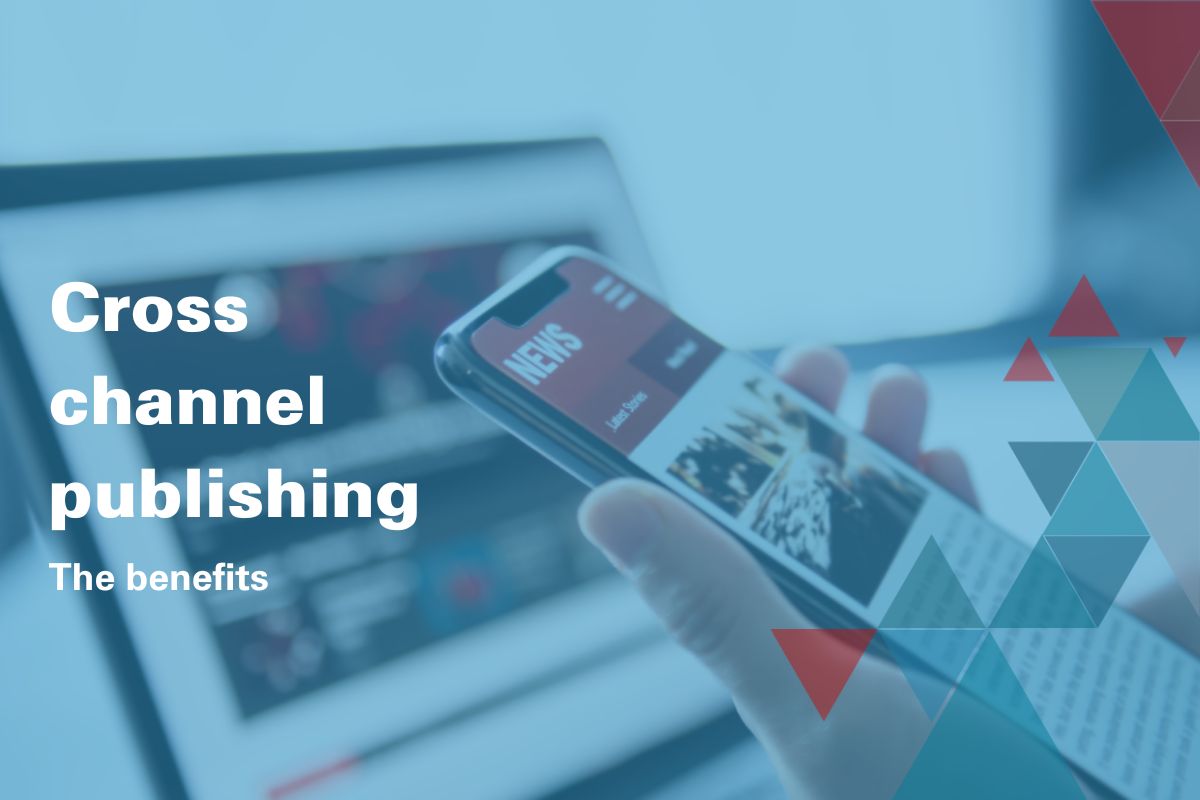
Publishing has a collaborative nature; several parties are involved in nurturing a project from idea to development, production, and ultimately distribution. Nowadays, as much of this process is handled online, this leads to the need for a unified, secure and protected environment that covers end-to-end all steps of the editorial process.
First things first: What is cross-channel publishing?
Today, people access news in several ways; some prefer to read on smartphones and tablets, while others continue to choose printed editions of newspapers and magazines. The point here is that if publishers want to reach the largest possible target group with their news content, they have to be present on all relevant channels, both print and digital.
This is exactly what cross-channel publishing is all about: multimedia content created once and seamlessly distributed on multiple platforms; on the web, to social media, to mobile, or print. In this way, publishers can increase their reach and at the same time, give their readers the opportunity to consume news content the way they prefer.
Here are some indications which show how publishers benefit from an integrated news management system, that can enable them to easily schedule, publish, distribute, and broadcast content more effectively across all digital channels.
Reduce production cost through customized editorial workflows
News content creation and publication take time and resources. To stay competitive, publishers must create unique content in the most efficient way. With a software that includes cross-channel publishing functionalities, publishers can increase their processes’ efficiency and security, through control and rationalization of workflows.
Time-saving
As all assets are immediately searchable in one central repository, rather than being located on any number of hard drives within the company, this leads to a substantial reduction of production processing time and operational expenses.
Attract new readers
As more and more people today tend to consume news on digital platforms, publishers must exploit the opportunities offered by these channels, to attract both more, and new readers. This is something that is also highlighted in the new Reuters’ journalism, media, and tech trends for the 2023 Report, mentioning that news publishers plan to invest even more in visual platforms such as Instagram (50%) and TikTok (63%).
Publish stories efficiently in all channels: Maintain quality in your content & be flexible
Today, traditional news production processes have reached their limits, as people expect news to be covered in different formats: from articles and videos to podcasts, audience expectations keep increasing. In fact for the year to come, publishers admit that they will be putting more resources into podcasts and digital audio (72%) as well as email newsletters (69%), and into digital video formats (67%).
With cross-media publishing there is no limit: publishers can create multimedia stories following the desired, customized editorial workflow and seamlessly distribute them on multiple platforms from one central hub.
Faster and better collaboration
By bringing all teams together under one integrated editorial workflow solution, collaboration and information exchange are made effective and easy, as all assets are available across the organization. Furthermore, advanced search features and filters allow users to find exactly what they’re looking for at a moment’s notice. In this way, projects can be delivered on time, on budget, and on brand.